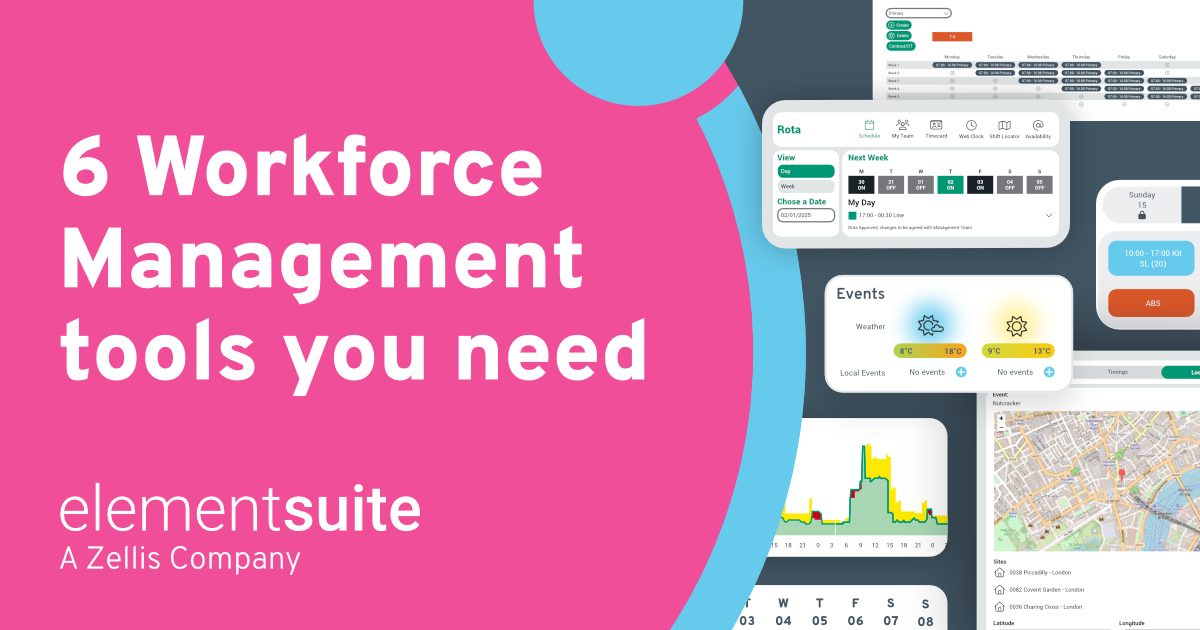Using modern technology to deliver learning and training is not a new idea. The pandemic has changed many working practices, some of which are here to stay. The way people work, along with access to learning and training has changed too. Greater use of digital tools are paying dividends. They are empowering staff to access what they need, when it suits them and are more engaged as a result.
Employee experience
Staff engagement is an everyday challenge for businesses and their HR teams. Options that deliver flexibility and employee experience are driving success for both the employer and the employee. Designing learning around your people has always underpinned organisation learning strategies, however forward-thinking employers are utilising digital tools to create a very personalised experience that staff love. Not all learning can be delivered digitally, however many e-learning modules can with the use of e-learning, video and online tests and recaps.
Maximising the use of digital tools will deliver a far more personalised experience for employees and is one of the most significant trends. It also delivers on immediacy: the ability to activate or access training the moment its identified or requested. This is very powerful and plays to our human nature and to the individual’s learning style preferences.
Act in the moment
Staff are more willing and engaged to act and solve issues at the moment the happen. Humans solve problems without thinking. How often do we turn to google to seek out an answer or solution to a problem? Or ask Alexa? These are both really good examples of learning at the point of need.
Traditional learning methods in classrooms, zoom or Teams are not longer the go-to as they do not deliver on immediacy. Staff want to act in the moment, to access the learning immediately through easy to access, intuitive digital tools and learning.
Identifying learning needs has historically been a Manager led activity, supported by requests from team members. Often this would be identified at appraisals or reviews. This reflects an employer led approach, rather than an employee led, personalised experience approach. A significant shift from ‘courses to resources’ to support staff when they need it. This approach does not eliminate formal learning and qualifications, but provides a more accessible approach to learning that can be driven by the employee. Utilising the power of technology to enable each and every learner to be treated as an individual.
This application of technology empowers staff to take ownership of their learning, have more control and thus increase motivation, commitment and speed of learning. An individual learning path with associated self-assessment, can deliver significantly better results for the individual as well as a more engage employee.
Blended learning
Blended learning using digital tools will enable you to successfully deliver learning when its needed. It works well in addressing the five moments of need, introduced by Bob Mosher and Conrad Gottfredson.
- Learning for the first time (New)
- Learning More (More)
- Applying what you’ve learned (Apply)
- When things go wrong (Problem Solving)
- When things change (Change)
New – learning for the first time can be delivered through a traditional classroom environment but digitally this can be achieved using webinars, videos, interactive modules, all of which can be pre-prepared and accessed at the point of need.
More – building on existing knowledge to increase learning can be delivered using e-learning tools, interactive modules, animations, clickable graphics along with scenarios and gamification approaches. All accessible through self-service HR software from any device.
Apply – using bite sized resources, videos, modules and FAQ’s to apply the learning and reinforce understanding. Intuitive and great for accessing from a mobile device. Designed to be clickable, accessible and quick.
Problem Solving – utilising social groups, internal subject matter forums can create and facilitate live chats and interactive solutions. Sharing problems and inviting solutions and questions creates a great learning environment. Blogs, case studies, and videos can focus in on specific problems and how to solve them – digitally.
Change – engaging peer to peer and sharing information to reinforce change. Integrating a mix of e-learning as well as ‘classroom approach’. Utilising video and interactive forums.
Key to success
The key is to provide easy to access, self-drive, point of need learning and modules. Digitally this is easy and delivers further benefits when part of your HR software, such as automatically surfacing the appropriate learning based on your location and role at that time. This approach helps staff overcome challenges and their desire to seek an answer or learn… immediately. The self-drive, empowered approach also improves staff engagement, but they should not be viewed in isolation. An integrated approach by implementing easy to access digital learning.
The goal is not to deliver an infinite library of resources that solves everything. Digital learning should be supported by more formal approaches. Digital learning also provides great insights and data into who accesses what, understanding what may have caused the need and whether other measures should be put in place.
Enabling your talent with digital learning tech.







